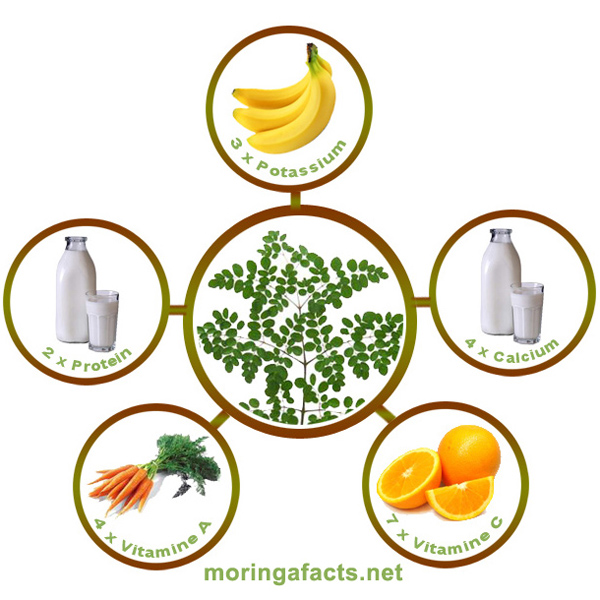Moringa facts
Moringa oleifera is popularly known in many countries as a “miracle plant” because of its nutritional and medical properties. Moringa oleifera is the most cultivated plant from Moringaceae family. Primarily it grows in tropical, subtropical and semi-arid climate. It is used in traditional Indian medicine for centuries.
This plant is overflowing with vitamins A, B, C, D, E and minerals including potassium, calcium, iron, selenium, and magnesium. Moringa leaves are rich in essential amino acids which are not commonly found in plants, and it is extremely rich in proteins. It is good source of good cholesterol which is known to protect against cardiovascular diseases. It is well known as a stimulant for milk production for breastfeeding mothers. Moringa leaves can be dried at low temperature and made into powder using a mortar and pestle.
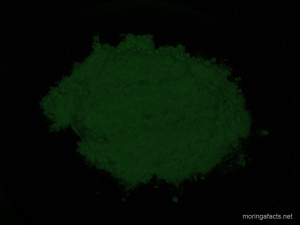
Moringa leaves are completely safe for human consumption. There are not any toxic elements or side effects. These leaves are usually used to make Moringa tea. It is packed with flavonoids – antioxidants necessary for the fight against free radicals that are causing all sorts of problems in the human body. The tea is also used to manage blood glucose level, stabilize high blood pressure, promote a good night sleep, and as an energy booster. In contrary to coffee, tea and energy drinks, Moringa tea does not contain caffeine.
Traditional medicine techniques used Moringa leaves to treat gastrointestinal problems, headache, inflammation, anemia, fiver, eye infection, bronchitis,poor nutrition, inner ear infection, skin infection (topical use).
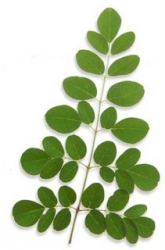
Fresh Moringa leaves could be cooked like spinach or any other green leaves, it could be used raw as a salad green mixture. Dry leaves could be sprinkled on any food to improve nutritional value.
Moringa roots contain concentrated phytochemical compounds that are found throughout the rest of the plant, and can provide therapeutic benefits for many conditions. When using roots, caution should be exercised because of high concentrate of some elements, and sometimes it can contain paralyzing agents called spirochin that can be dangers for sensitive individuals or if taken in larger quantity.
In traditional medicine, Moringa roots are used to control disorders of circulatory system, to stimulate appetite, and improve function of the digestive tract (useful for people with gastric upset and Irritable Bowel Syndrome). They were also used to treat sexual dysfunctions, female reproductive tract issues, arthritis, as a diuretic and natural antiseptic for topical use.
Modern medicine determined based on excessive studies that Moringa roots contain elements that can help with ovarian cancer, kidney stones (helps body to flush calcium and phosphates from kidneys more efficiently, which can improve overall kidney function), inflammations (reduce swelling), help people who take pain medication to have longer and less interrupted sleep.
Roots can be used for culinary purpose as well. Sauce made from Moringa roots is similar to horseradish sauce and is used as a spice that can also serve medical purposes.
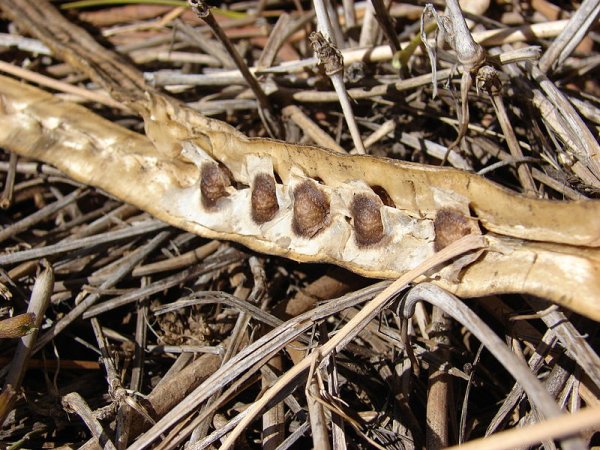
Moringa oleifera seeds are edible in both fresh and dry forms. It could be used as a food and medical remedies. The seeds are especially prized for their medical properties. Studies show that they provide relief for many medical conditions, among them rheumatism, gout, sexually transmitted diseases, urinary infections, and even epilepsy. Modern medicine uses it to treat fungal infection due to a presence of natural antibiotic, and anemia because of high iron content.
Moringa seeds powder is used to purify water. After the oil is cold-pressed, what is left can be successfully used to remove dirt particles and harmful bacteria from dirty river water and make it safe for drinking. This method is much safer and healthier than using aluminum sulfate and other chemicals traditionally used to purify drinking water.
It also has its place in agriculture, to supplement animal feed and as a fertilizer for the soil. Because of its rich content of natural oil, it is considered as a potential biofuel materials as well.
From the seeds comes Moringa oil with exceptional cooking properties because of its oxidative stability and light, pleasant taste. Because of its light texture, this oil is widely used for body massage and in aroma therapy. It also has some healing properties for skin allergies, irritations, wounds, blemishes, and stretch marks. Moringa oil contains 4 times more collagen than carrot oil. In modern time it found its place in soaps, shampoos, perfumes, and other skin care products.
Moringa oleifera flowers are creamy white with yellow stems. It blooms from April to September. It is edible, mixed into salads or fried in butter and eaten as a snack. Another way is to make delicious tea.
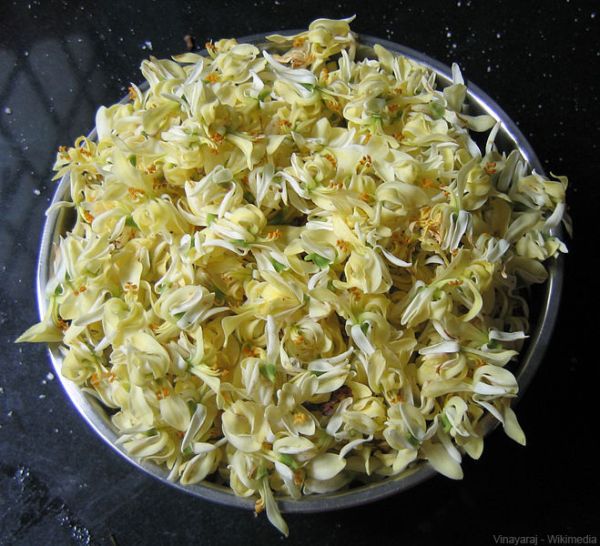
In traditional medicine these flowers are brewed into a very strong tea or pressed into juice to treat urinary infection, cold symptoms, as a supplement for breast-feeding women to increase the milk flow, to support weight loss because it contain strong diuretic, and also strengthening the liver function. Flowers are considered to be useful for impotence, lack of sexual desire, and other sexual dysfunctions.
Recent studies in modern medicine showed that Moringa flowers can be used to reduce swelings.

